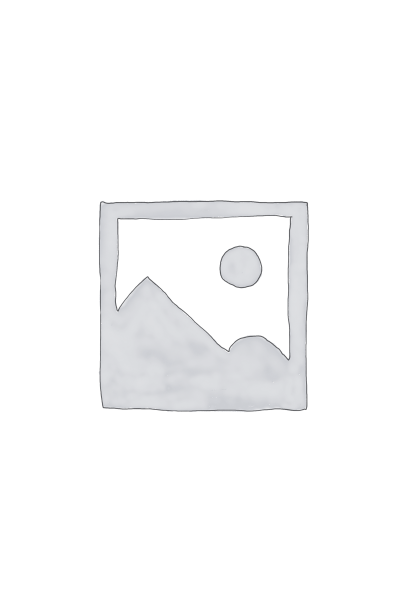Description
Je Min Yoo earned a PhD degree in the Department of Chemistry, Seoul National University, Republic of Korea in 2019. His research interests focus on various biomedical application of graphene technology. Table of Contents Abstract of Dissertation……………………………………………………………………………………………… i Table of Contents…………………………………………………………………………………………………….. iv List of Figures and Tables…………………………………………………………………………………………. vi Chapter 1. Introduction of Graphene-based Nanomaterials 1.1. Applications in Biology and Medical Science………………………………………………………… 1 1.1.1. Sensing Applications………………………………………………………………………………………… 2 1.1.2. Therapeutic Applications………………………………………………………………………………….. 3 1.1.3. Fluorescence Bio-imaging………………………………………………………………………………… 4 1.2. Preparation of Graphene-based Nanomaterials………………………………………………………. 6 1.2.1. Enhancing the Stability under Physiological Conditions………………………………………. 7 1.2.2. Reduction of GOs…………………………………………………………………………………………….. 8 1.3. Toxicity of Graphene-based Nanomaterials…………………………………………………………… 9 1.3.1. In vitro Toxicity of Graphene-based Nanomaterials…………………………………………….. 9 1.3.2. In vivo Toxicity of Graphene-based Nanomaterials……………………………………………. 11 1.3.3. Biodegradation of Graphene-based Nanomaterials…………………………………………….. 13 1.4. Perspectives and Other Applications…………………………………………………………………… 15 1.5. References……………………………………………………………………………………………………….. 17 Chapter 2. Catalytic Degradation of Phenols by Recyclable CVD Grapehene Films 1.1. Abstract……………………………………………………………………………………………………………. 21 1.2. Introduction……………………………………………………………………………………………………… 22 1.3. Results and Discussion………………………………………………………………………………………. 23 1.4. Conclusion……………………………………………………………………………………………………….. 31 1.5. Experimental……………………………………………………………………………………………………. 32 1.6. Supplementary Information……………………………………………………………………………….. 34 1.7. References……………………………………………………………………………………………………….. 37 Chapter 3. Graphene Quantum Dots Prevent a-synucleinopathy in Parkinson’s Disease 1.1. Abstract……………………………………………………………………………………………………………. 39 1.2. Results and Discussion………………………………………………………………………………………. 40 1.3. Conclusion……………………………………………………………………………………………………….. 54 1.4. Experimental……………………………………………………………………………………………………. 54 1.5. Supplementary Information……………………………………………………………………………….. 70 1.6. References……………………………………………………………………………………………………….. 89 Appendix………………………………………………………………………………………………………………. XX Acknowledgements………………………………………………………………………………………………… XX


